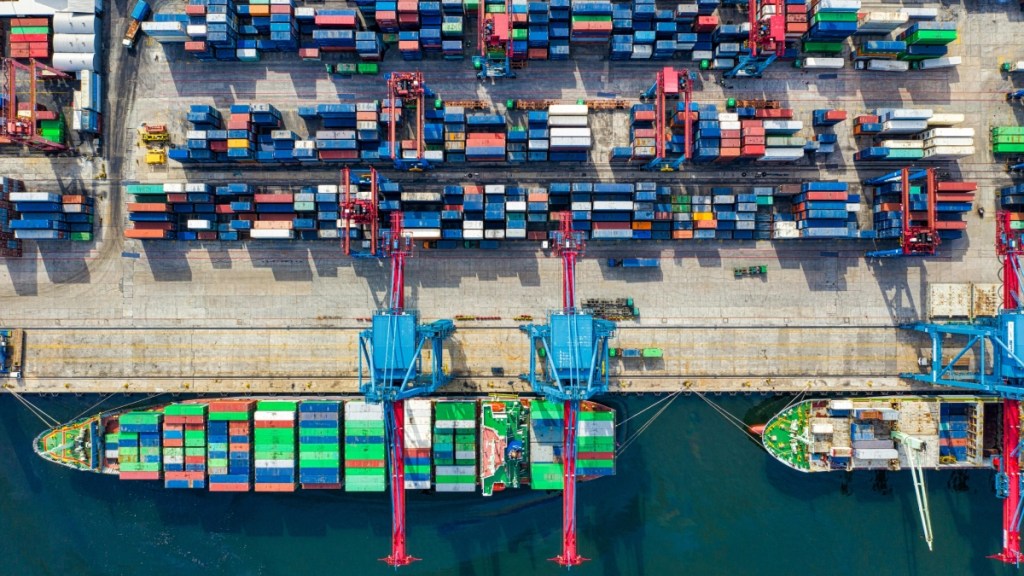The government will have to look into why the industry has still not become competitive and demands for higher import tariffs keep coming up, while India’s import duties are at world average, a senior official said Wednesday.
“The weighted tariff has come down substantially and it is at the world average level but there are pressures by the domestic industry that it should be increased. We need to look at why these requests keep coming up, why have you (industry) not become competitive,” secretary in the Department for Promotion of Industry and Internal Trade Amardeep Singh Bhatia said.
On the exports front and integration with global supply chains, there is also a lot of work which has been done in terms of reduction in tariff, he said in his address at CII’s Global Economic Policy Forum.
Average Indian tariffs on non-agriculture imports were down to 13.5% in 2023 from 14.7 % in 2022. Agriculture tariffs on an average also went down to 39% from 39.6%. When calculated on trade weighted average terms, the agriculture tariffs went up to 65% in 2023 from 48.5% in the year prior to that. Non-agriculture tariffs on a weighted average basis came down to 9% from 9.2% in 2022.
India’s final average bound tariff – maximum tariff rate it has agreed to at the WTO – is 50.8% for all products. For agriculture it is 113.1% and for non-agriculture products 36.0%.
According to available data, the average world tariff on non-agricultural products is around 2.5% based on most favored nation (MFN) rates, with variations depending on the specific product category and country involved. Tariffs on agricultural products are higher.
The secretary said the government will hold consultations with the states to make more land available to the industry.
“There are more than 4000 industrial parks in the country and on suggestions on the need to improve the manner in which land is optimally used and also reclaimed and reallocated we will have consultations and see what more can be done,” he said.
He said some states have put in place very good practices and have brought in land pooling systems to make more industrial land available. Tamil Nadu is doing good in reclaiming land and this has helped make greater land available to the industry.
Speaking at the session, Rakesh Bharti Mittal, Vice Chairman, Bharti Enterprises (India), said that high cost of doing business in India bothers the industry and more needs to be done to promote ease of doing business at states level as things on the ground do not move the way it should.
On this, Bhatia said that the Business Reforms Action Plan (BRAP) is there to assess work of states at the ease of doing business.
“There are about 280 reform actions identified and are part of the BRAP…We have a bucket of good practices which we share with all…Odisha and Telangana have good single window systems. So things are happening. Obviously there are gaps and much more can be done at states’ level,” he added.


